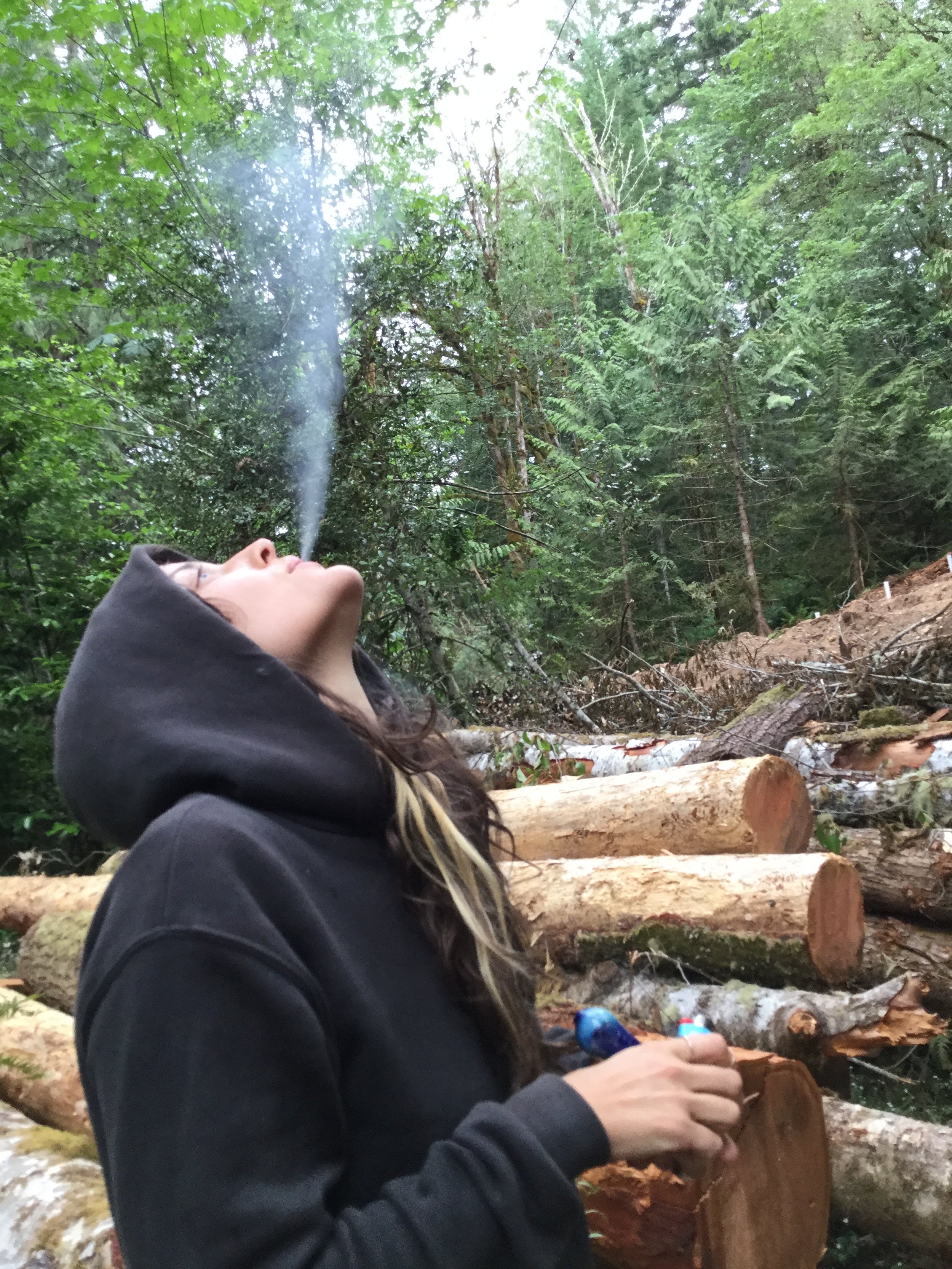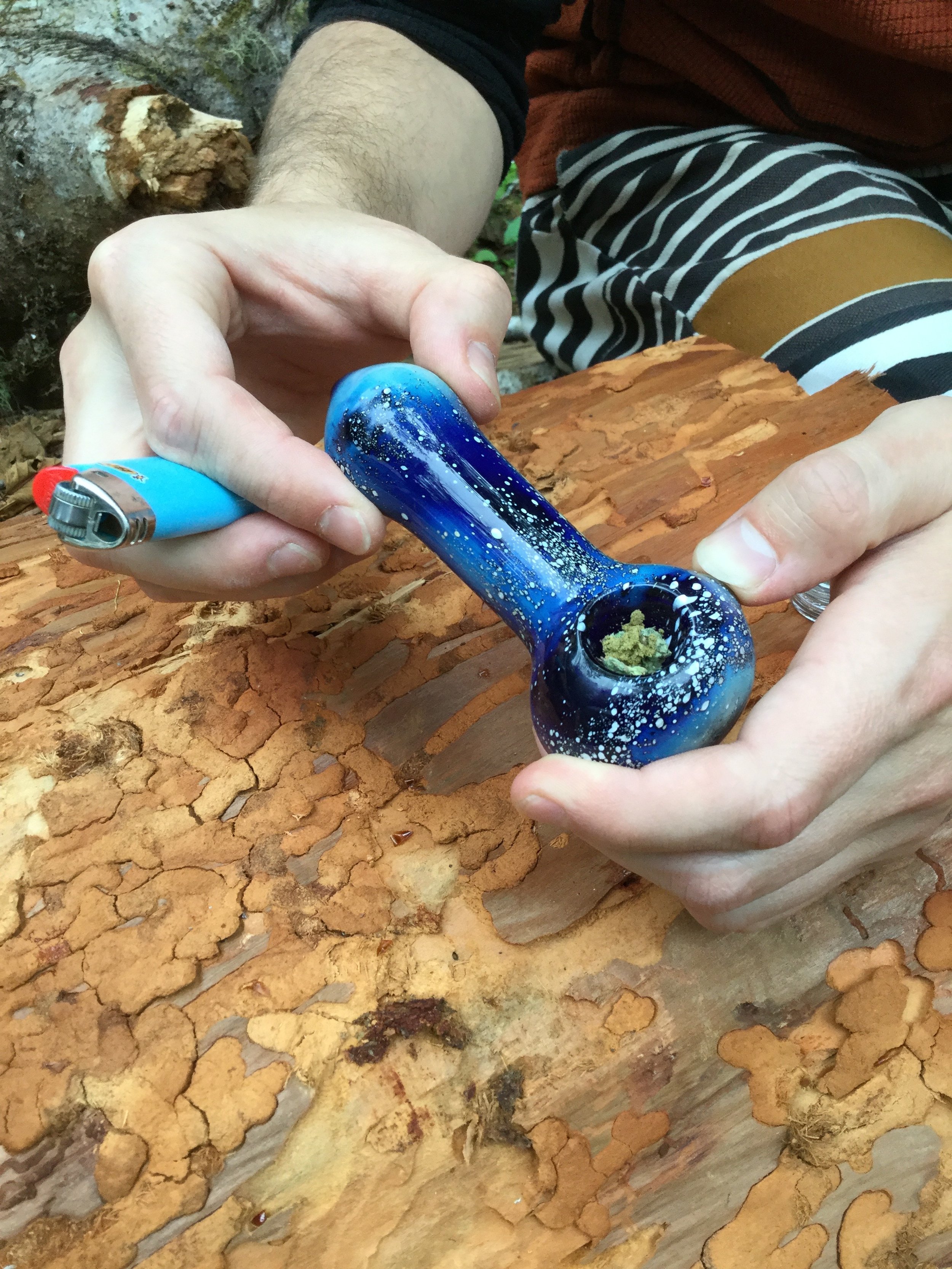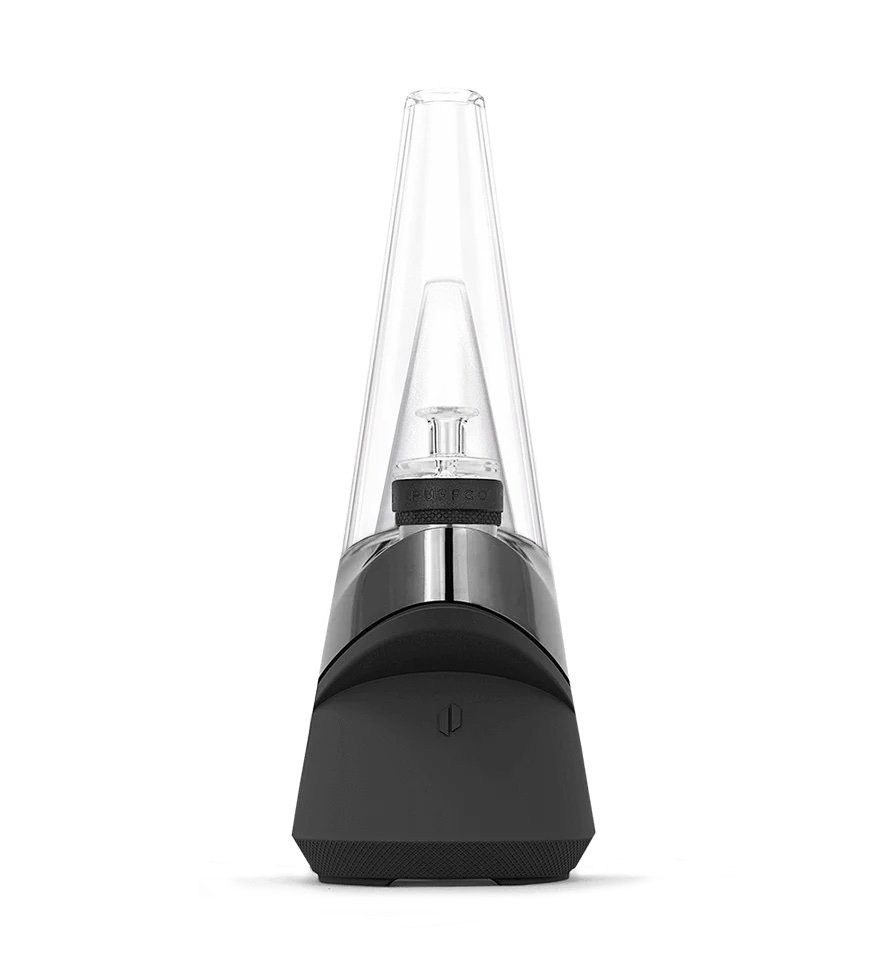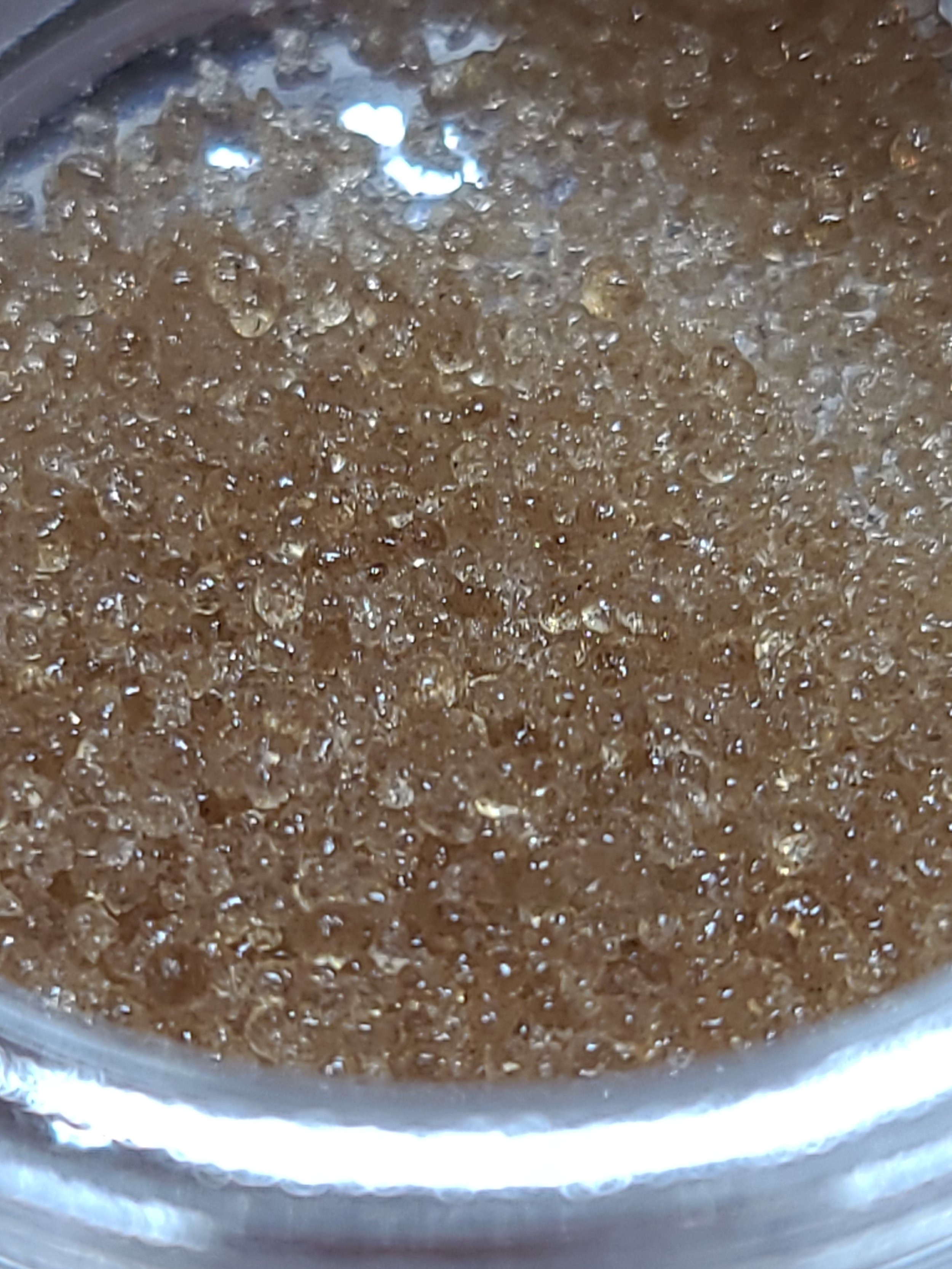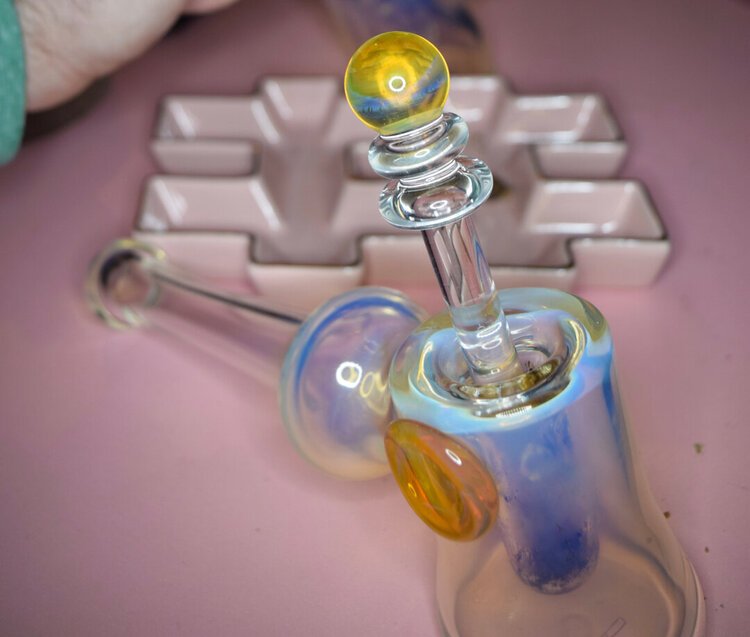How To Hash
by Rachel Hantula, director of customer experience
What is hash?
Hash, short for hashish, is a cannabis concentrate made by isolating the trichomes from the cannabis plant. Hash can go through various forms of processing after trichome separation to further tailor its consistency and usability.
Because this substance is made out of only trichomes—the part of the cannabis plant containing cannabinoids and terpenes—it is much more potent than regular cannabis flowers.
It is also more full spectrum than solvent based cannabis concentrates (such as BHO/PHO or distillate), allowing for more broad ranging therapeutic effects and a full bodied high that can be explained through the entourage effect.
Solventless concentrates are able to maintain the integrity of their terpene and cannabinoid profile relatively well through the extraction process compared to other solvent extracted concentrates.
Read more blogs by us that discuss the entourage effect
Trichomes
More about trichomes-
Definition of trichome: a small hair or other outgrowth from the epidermis of a plant, typically unicellular and glandular
These tiny microscopic mushroom shaped appendages look like something out of a science fiction novel. But they are actually the very factories that produce the hundreds of known cannabinoids, terpenes, and flavonoids that make our favorite cannabis strains potent, unique, and effective.
Trichomes are not exclusive to cannabis. The production of trichomes can be observed in many species of plants throughout nature, taking on various physical forms as well as serving many different purposes. For example, trichomes found on some carnivorous plants aid in helping to catch prey.
Conversely, In cannabis, trichomes function as a defense mechanism. When female cannabis plants begin to produce flowers in the wild, they often become vulnerable to various insects and animals as well as non-living environmental variables such as potentially harmful UV rays.
Trichomes serve as a deterrent for animals because their bitter taste and strong aromas render cannabis flowers unpalatable. At the same time, they also serve a dual function in protecting their plants from damaging winds and even some varieties of fungal growth.
Trichomes exist in many shapes and sizes, but there are three that appear most often on cannabis plants…
Bulbous trichomes- the smallest of the bunch and they appear on the surface of the entire plant. Bulbous trichomes are as small as 10-15 micrometers, which is tiny enough to only comprise a handful of cells.
Capitate sessile trichomes- slightly larger and contain both a head and a stalk. These trichomes are quite a bit more abundant than their bulbous brethren, but cannot hold a candle to the bountifulness and size of the third trichome variety.
Capitate-stalked trichomes- range from anywhere between 50-100 micrometers wide, meaning they’re much larger and can actually be seen by the naked eye. Their structure consists of a stalk composed of epidermal and hypodermic cells that build up to a basal cell which attaches to a large gland head. This gland head, held together by a waxy cuticle layer, serves as the epicenter for cannabinoid and terpenoid synthesis.
All three types of trichomes produce cannabinoids, though it is the capitate-stalked trichomes that will appear in abundance in and around the calyxes of budding flowers, producing the highest concentration of essential oils due to their size.
The goal with any hash making is to mechanically separate and collect these cannabinoid and terpene factories from the cannabis plant.
Source: Surna
So, how is this collection of trichomes performed?
Hash is arguably the oldest form of cannabis concentrate. While there is no definitive agreement on when or where hash first appeared, there are ancient traditions of making and consuming hash that stretch back as far as the 12th century BC — or possibly earlier — in places like Nepal, India, the Middle East, and parts of Northern Africa.
Despite the recent explosion in cannabis concentrates on the market today, hash remains popular, especially throughout the Middle East and Europe, and among people who make their own concentrates at home.
Dry-sieve hashish
Perhaps the most popular method to extract hash is the dry-sieve technique. Here, fully-grown, harvested and dried cannabis plants are shaken or rubbed over a fine-mesh screen to capture the powdery, crystalline resin as it falls from the plant. The size of the mesh dictates the quality of the resulting hash: a fine screen will produce high-quality hash, a screen with wider gaps will produce lower-grade hash with more plant material contained within the mix.
Hand-rubbed hashish
After the dry-sieve method, hand-rubbing is the second most popular technique. This technique is widely practiced in India, Nepal, Afghanistan and Pakistan, as well as in many lesser-known hash-producing countries such as Bhutan and Myanmar. Popularized because of exportation throughout the world, hand-rubbed hash is almost as common in global terms as dry-sieve.
With this method, the cannabis resin is typically collected from living plants still in the field. Hash-makers will quite literally spread their arms and run through fields of mature cannabis plants, catching the sticky resin on their skin so that it can be rolled into balls and left to “cure”. In the case of charas (Indian hand-rubbed hash), this “curing” stage may be several years in duration.
Charas
Water extraction or bubble hash
When using the water extraction method, sometimes known as bubble hash, a series of successively-smaller mesh-screen bags are placed, one inside the other, and put in a bucket or similar receptacle. Fresh or dried plant material is placed into a separate mesh bag with a larger screen size than any of the other bags.
Then the cannabis-holding bag is put into a bucket or specially-adapted washing machine, filled with freezing water. The water is then agitated, freezing and hardening the resin glands and allowing them to snap off and be suspended in solution. The mixture is poured into the bag-lined bucket, and as it passes through successively-smaller screen sizes, the larger particles and residual plant material are trapped.
How do I consume hash?
How any individual consumes their hash depends on a few different factors: the type of hash, quality of hash, and of course personal preference.
One of the things that makes hash so popular with consumers around the world is that it is versatile and easy to consume. In general, you can smoke hash by adding it to cannabis flower, or you can vaporize it in a vaporizer or a dab rig. There are also many creative ways to smoke hash completely on its own in a regular pipe, a specialized hash pipe or even a locally crafted hash dome!
Rolling a hash infused joint/blunt
Good for almost any type of hash, but specifically ideal for lower grade hash that doesn’t burn quite as well on its own. Start by putting a thin layer of flower in the bottom of your rolling paper or wrap. Next, add a layer of hash. To make it easier to work with, try shaping your chunk of hash into a thin cylinder that lays down neatly on top of the flower. Add a bit more flower on top of your hash to cover it. Roll up your joint, spliff, or blunt like you would normally.
Using a flower bowl (bong or pipe) with hash
This method is appropriate for almost any kind of hash. Pack the bowl or insert screen. Start out by putting either a thin layer of flower in the bottom of your pipe or a metal screen. Both of these will ensure that your hash burns evenly and that it doesn't simply melt and slip through to the bottom of your pipe.Now add a small chunk of hash to the top of the flower or the screen. Smoke your pipe or bong the same way you would normally. If you're having trouble getting the hash to burn well, try using a higher-powered lighter.
Vaporize your hash
Any kind of hash can be vaporized with an electronic device. If you're using a vaporizer, make sure the device is equipped for concentrates. If it is, simply add your hash to the chamber, dial in your preferred temperature (between 350 and 450 Fahrenheit is recommended), fire up the vaporizer, and inhale through the mouthpiece, balloon, or whip when it's ready.
To dab your hash (also a form of vaporization), use a torch or e-nail to bring the banger up to your desired temperature (between 350 and 450 Fahrenheit is recommended). When it's hot enough, use a dabber to place a piece of hash onto the hot banger. When dabbing hash, it's recommended that you use a carb cap. Put the carb cap over the banger, start drawing in through the mouthpiece, remove the carb cap, and inhale the vapor.
We would recommend only dabbing full melt hash, otherwise you may risk charring or as the kids say “chazzing” your banger/nail. Charring is only unideal if you are concerned about future impact on taste for other flavorful concentrates. Examples of full melt hash that can be dabbed are Pacific Northwest Roots GMO or Hamma Hamma 6* hash, which we almost always have in stock.
Hot Knives
The Hot Knife method can be effective for almost all hash styles, although this methodology has become less common over time. Indulge in some nostalgia… Start by cutting a plastic water bottle in half. Discard the bottom half, but save the top half for use as a mouthpiece. Get two metal knives. Place them onto a hot stovetop or heat them with a blowtorch. Either way, you need to heat them until they are literally glowing red.
Let the knives cool slightly. Put the mouthpiece into your mouth and hold it there with your teeth or lips. Place a small chunk of hash onto one of the hot knives, then quickly press the other knife on top of it. As soon as it's sandwiched between the hot knives, your hash should immediately start smoking. Use the mouthpiece to suck up all the smoke, trying to minimize how much of it escapes.
Hash Dome
Shape your favorite product into a thin roll, and place it on the central pin. Gently light it like incense (on both ends if you like). Once ignited, let it burn for a while and blow out once hot. Your product will glow and produce its scented smoke. Cover it with the dome. Watch as the dreamy smoke fills the dome to your liking. But don't wait too long. When the time is right, pull the stopper off the top and breathe in the terpene-rich, bold and complex flavor of Sitka.
Hash Pipe
Load the selected hash into the hash pipe bowl. Heat the glass rod with a torch. Insert the heated glass rod into the bowl, applying pressure to the hash within the bowl. Inhale!











